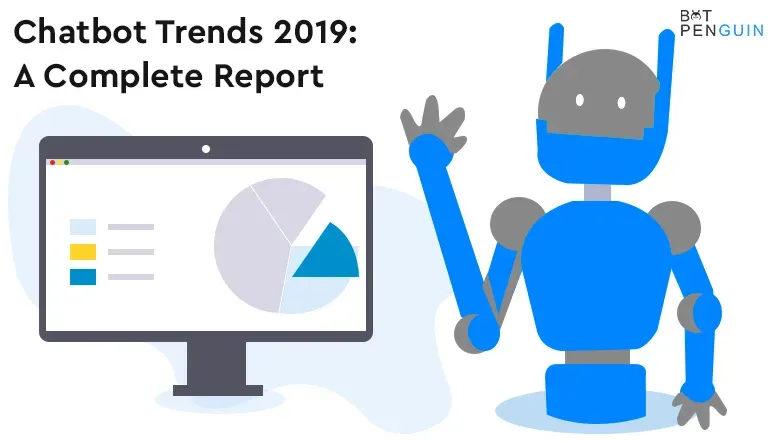Introduction
As the field of natural language processing (NLP) continues to advance, the battle between state-of-the-art language models intensifies.
Two models that have garnered significant attention in recent times are MPT (Mosaic's Pluralistic Transformer) and ChatGPT, developed by Anthropic and OpenAI, respectively.
Both models have demonstrated remarkable capabilities in tasks such as text generation, question answering, and code writing, but which one reigns supreme?
The global natural language processing market is expected to reach $127.7 billion by 2028, growing at a CAGR of 22.8% (Source: Fortune Business Insights, 2023). With such rapid growth, the demand for powerful and efficient language models is higher than ever. MPT and ChatGPT have emerged as leading contenders, each boasting unique strengths and architectural innovations.
MPT, trained on a diverse corpus of over 3.8 billion words (Source: Mosaic AI, 2023), has gained recognition for its ability to generate coherent and contextually relevant text, while also excelling in tasks like summarization and translation.
On the other hand, ChatGPT has captivated users worldwide with its conversational abilities and versatility, handling everything from creative writing to coding.
This article will delve into a comprehensive comparison of MPT and ChatGPT. Continue reading to find more.
Understanding MPT and ChatGPT
Before we delve into the details, let's quickly grasp the basics of MPT and ChatGPT.
What is ChatGPT?
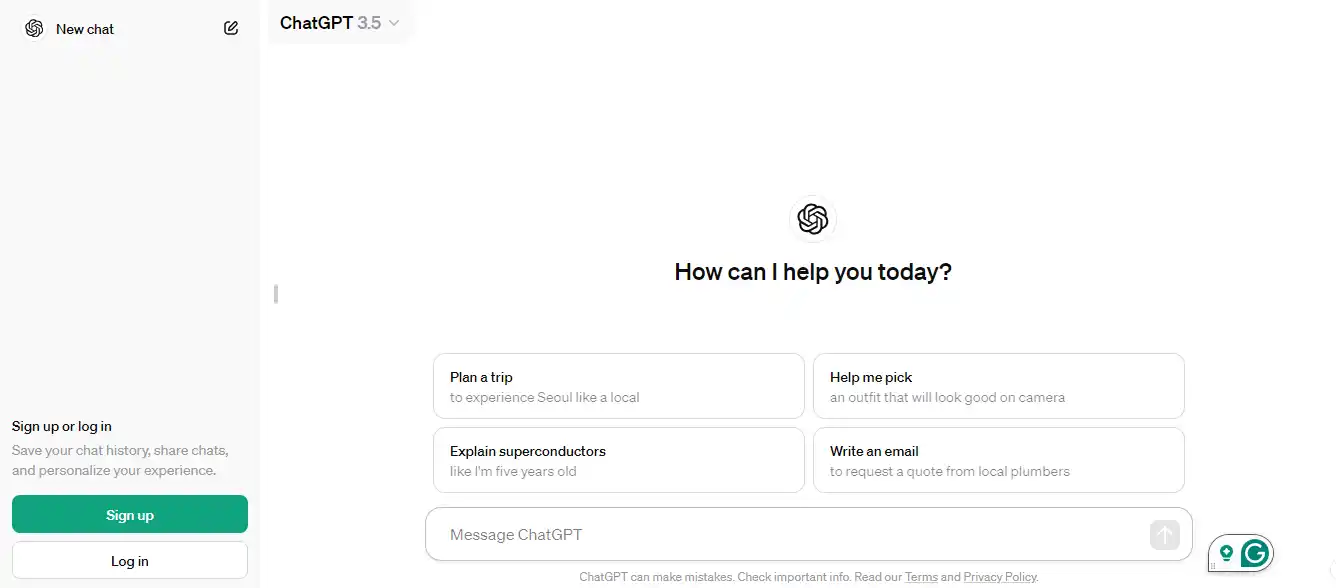
ChatGPT, on the other hand, is a substantial language model developed by OpenAI.
Unlike MPT, ChatGPT is a proprietary model, meaning that its code and model are not openly accessible. Initially, ChatGPT was released as a research preview, which meant that access was limited.
ChatGPT is a conversational model that can engage in interactive and dynamic discussions. It's perfect when you need a more interactive and human-like response.
However, OpenAI has plans to increase availability in the future.
During the research preview phase of ChatGPT, there were certain restrictions imposed on its use.
These limitations were put in place to ensure responsible and safe usage of the model. OpenAI has been actively working to address these limitations and make ChatGPT more widely accessible.
What is MPT?
MPT stands for Microsoft's Project Turing, and it is a significant language model developed by Microsoft.
It builds upon the advancements made by GPT-3, another well-known language model. What sets MPT apart is its open-source nature.
This means that the code and model of MPT are publicly available, allowing anyone to explore and experiment with it.
MPT is designed to help generate paragraphs of text based on a given prompt. It's great for tasks like summarizing articles or drafting essays.
Comparing MPT and ChatGPT's Capabilities
Now, let's take a closer look at the specific strengths of MPT and ChatGPT.
Text Generation
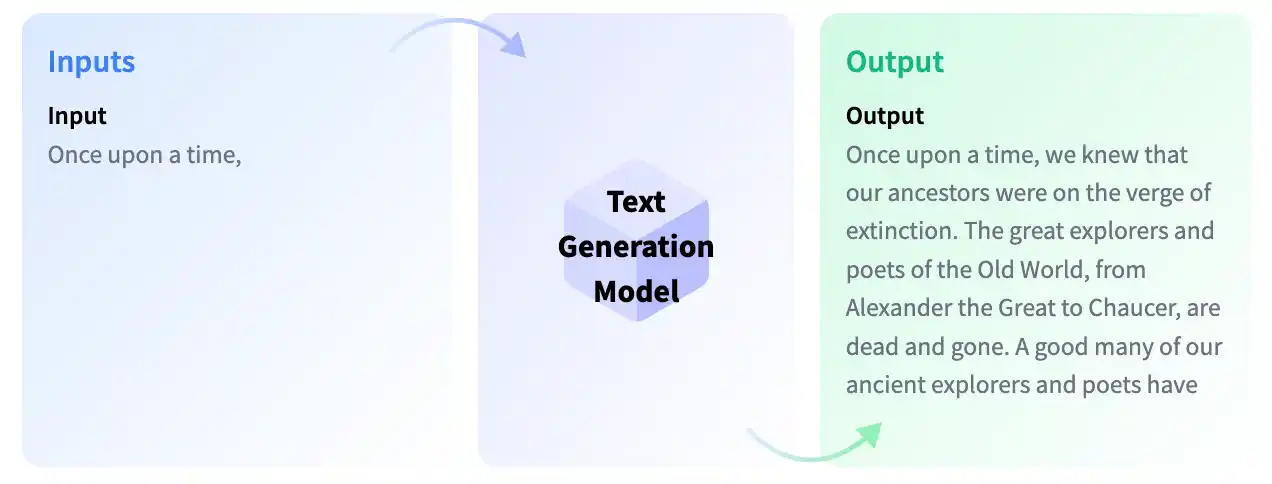
When it comes to generating text, both MPT and ChatGPT demonstrate impressive capabilities.
They can generate coherent and contextually relevant sentences. However, there are some differences in the quality and style of text generation between the two.
MPT tends to produce text that is more formal and structured. It is well-suited for tasks that require a professional tone, such as writing news articles or technical documents.
On the other hand, ChatGPT is designed to generate conversational-style text. It excels in generating responses that feel more natural and casual.
This makes it ideal for applications like chatbots or virtual assistants, where a human-like conversation is desired.
Creativity vs. Structure
While both MPT and ChatGPT can generate text, they have different strengths when it comes to creativity and structure. ChatGPT is designed to be more creative and conversational, allowing for engaging and dynamic interactions.
On the other hand, MPT focuses on generating well-structured paragraphs with clarity and coherence. Consider whether you prioritize creativity or structure in your project.
Data Requirements

When training the models, the amount and type of data used can affect their performance. MPT is trained using both prompt-conditioned and unlabeled data, which helps it generate coherent and on-topic text.
ChatGPT is trained using dialogue data, making it better suited for generating conversational responses. If your project requires a specific type of data, take that into account when choosing between the two models.
Performance Trade-offs
Both MPT and ChatGPT have their limitations. MPT may sometimes generate generic responses or have difficulty with handling complex or ambiguous prompts.
ChatGPT, on the other hand, may occasionally produce incorrect or nonsensical answers due to its conversational nature.
Keep in mind these potential trade-offs and consider which model's strengths align better with your project requirements.
BotPenguin is a chatbot platform that allows you to create ChatGPT-driven chatbots for multiple platforms such as WhatsApp, Facebook, Instagram, Telegram, Website, Shopify, WooCommerce, Squarespace, and WordPress.
It helps businesses quickly build chatbots for engagement, lead generation, marketing automation, customer support, eCommerce, & any other custom purpose.
- Marketing Automation
- WhatsApp Automation
- Customer Support
- Lead Generation
- Facebook Automation
- Appointment Booking
Factuality and Accuracy
Ensuring factual accuracy is of utmost importance when working with language models. Both MPT and ChatGPT strive to handle factual information responsibly, but there are differences in their approaches.
MPT is developed by Microsoft and benefits from the tech giant's extensive resources.
It goes through rigorous fact-checking processes, which helps minimize inaccuracies and biases in the generated text. Users have reported MPT to be quite reliable in terms of factual accuracy.
ChatGPT, being a research preview model, faces the challenge of potential biases and inaccuracies.
OpenAI has implemented safety measures to mitigate these risks, but it is still a work in progress. User feedback plays an essential role in identifying and addressing any factual inaccuracies or biases that might arise.
Code Generation
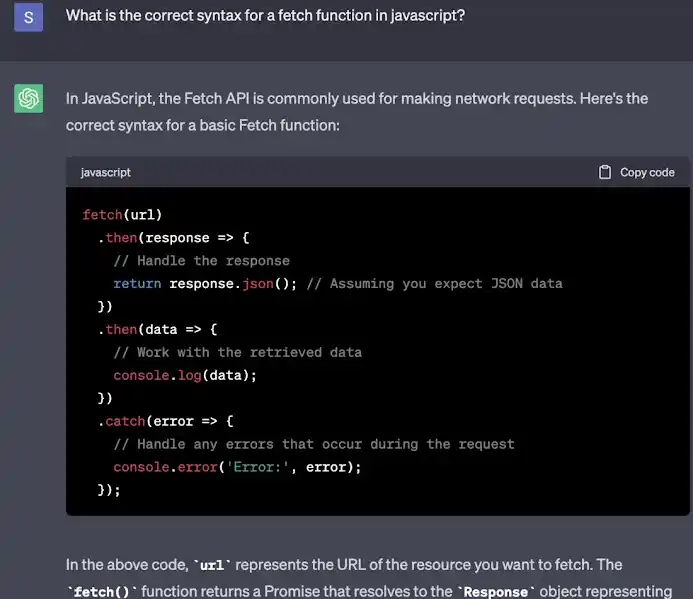
Code generation is another aspect that users often consider when evaluating language models. While both MPT and ChatGPT can generate code snippets, they have different areas of proficiency.
MPT is known for its ability to handle code generation tasks effectively. It can provide accurate code examples and explanations, making it valuable for software developers and programmers.
On the other hand, ChatGPT is not specifically designed for code generation and may not excel in this particular domain.
It may generate code snippets, but they might not be as reliable or accurate as those generated by MPT. If code generation is a priority for your needs, MPT is generally a more suitable choice.
Suggested Reading:
What ChatGPT Can Do: Unleashing AI Potential
Translation
Language translation is an essential use case for language models. MPT and ChatGPT both offer translation capabilities, but they have some differences.
MPT supports translation across a wide range of languages. It is particularly renowned for its proficiency in translating between commonly used languages, such as English, French, Spanish, etc.
However, for less commonly spoken languages, the translation quality may vary.
ChatGPT also supports translation in multiple languages, although its focus is not solely on this particular task.
It can provide acceptable translation outputs, but it may not match the level of accuracy or fluency offered by specialized translation models.
Additional Considerations: MPT vs. ChatGPT
When deciding between MPT and ChatGPT, there are a few additional factors to keep in mind:
Open-Source vs. Proprietary
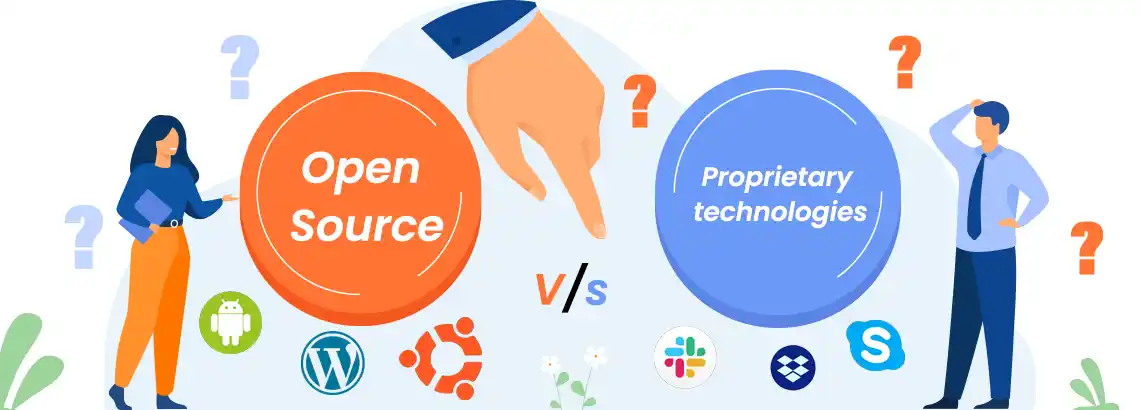
When comparing Microsoft's Project Turing (MPT) and OpenAI's ChatGPT, it's essential to consider the difference between open-source and proprietary models.
Open-Source Advantage
MPT is an open-source model, meaning its code and model are publicly accessible. This openness offers advantages to users.
They have the freedom to customize and modify the model according to their specific needs.
Open-source models also benefit from a vibrant community of developers who contribute improvements, share knowledge, and provide support.
This collaborative environment fosters innovation and encourages the development of new applications.
Proprietary Considerations
In contrast, ChatGPT is a proprietary model. Its code and model are not openly available. This means users have limited customization options compared to MPT.
However, it is important to note that OpenAI has plans to increase accessibility to ChatGPT in the future.
Suggested Reading:
Supercharge Your Chatbot with Custom ChatGPT Integrations
Accessibility and Cost
Accessibility and cost are important factors to consider when deciding which model to use.
Availability and Costs
During its initial research preview phase, access to ChatGPT was limited. However, OpenAI has been working on expanding its availability to meet the high demand.
Currently, there are different access options available, ranging from free access with certain limitations to paid subscription plans that offer benefits like faster response times and priority access to new features.
On the other hand, MPT being an open-source model can be accessed and utilized without such access restrictions. Users can freely explore, experiment, and integrate MPT into their applications.
The cost associated with using MPT primarily depends on the computational resources required to run the model, such as processing power and storage.
Considerations and Limitations
While both models have their accessibility options, it is important to keep in mind that there may be waitlisted or access restrictions for ChatGPT.
Additionally, the paid subscription plans for ChatGPT come with associated costs. These factors should be considered based on individual preferences and requirements.
Conclusion
In the rapidly evolving landscape of large language models, the competition between MPT and ChatGPT remains fierce.
Both models have demonstrated remarkable capabilities, pushing the boundaries of what is possible in natural language processing tasks. However, the decision of which model to use ultimately depends on the specific requirements and applications at hand.
For tasks that demand a deep understanding of context and the ability to generate coherent, relevant text, MPT's diverse training corpus of 3.8 billion words (Source: Mosaic AI, 2023) gives it a distinct advantage. Its performance on benchmarks such as summarization and translation has been particularly impressive.
On the other hand, ChatGPT's conversational prowess and versatility make it a standout choice for applications that require interactive and dynamic language generation.
Its ability to seamlessly adapt to different contexts and tasks has captured the imagination of users worldwide, with over 1 million users in the first five days of its launch (Source: OpenAI, 2022).
As the competition between these language models intensifies, it is clear that both MPT and ChatGPT will continue to evolve and push the boundaries of what is possible in natural language processing.
Developers and researchers alike will need to stay up-to-date with the latest advancements. Carefully evaluate the strengths and limitations of each model to make informed decisions that align with your specific needs and goals.
Frequently Asked Questions (FAQs)
What is the difference between MPT and ChatGPT?
MPT and ChatGPT are both language models, but MPT focuses on multimodal learning, incorporating text, images, and other modalities, while ChatGPT is primarily text-based.
Which tasks is MPT better suited for?
MPT is ideal for tasks that involve multimodal inputs, such as image captioning, visual question answering, and multimodal dialogue systems, where understanding both text and image information is crucial.
In what scenarios would ChatGPT outperform MPT?
ChatGPT may outperform MPT in text-only tasks like language modeling, text generation, and dialogue systems where multimodal inputs are not necessary or irrelevant to the task at hand.
Can MPT and ChatGPT be used together?
Yes, MPT and ChatGPT can complement each other in certain applications. For tasks that require both text and visual understanding, combining the strengths of each model can enhance performance.
How do I choose between MPT and ChatGPT for my project?
Consider the specific requirements of your project. Choose MPT if multimodal capabilities are essential, and opt for ChatGPT if text-based interactions are predominant. Evaluate based on task relevance and performance goals.

